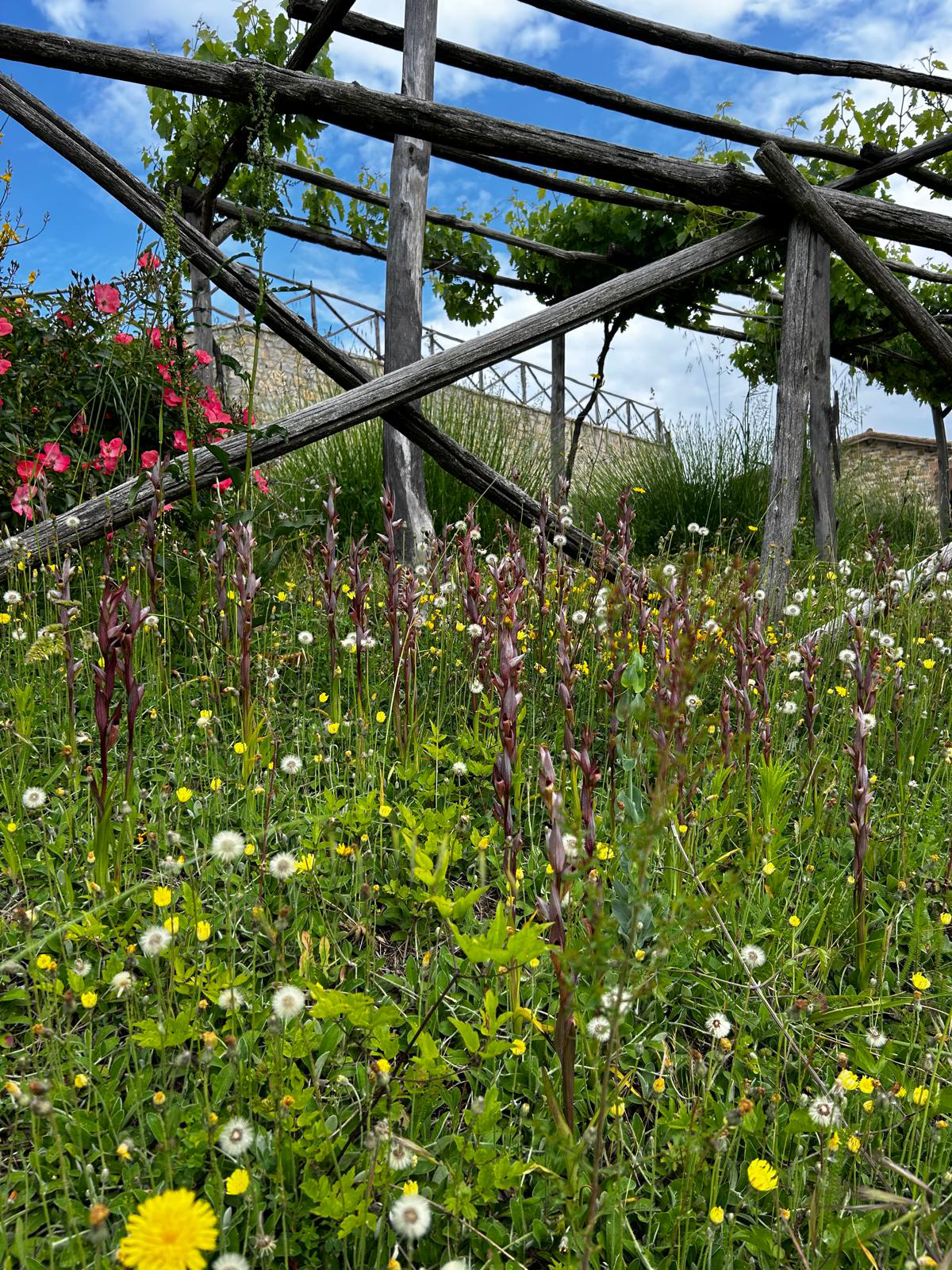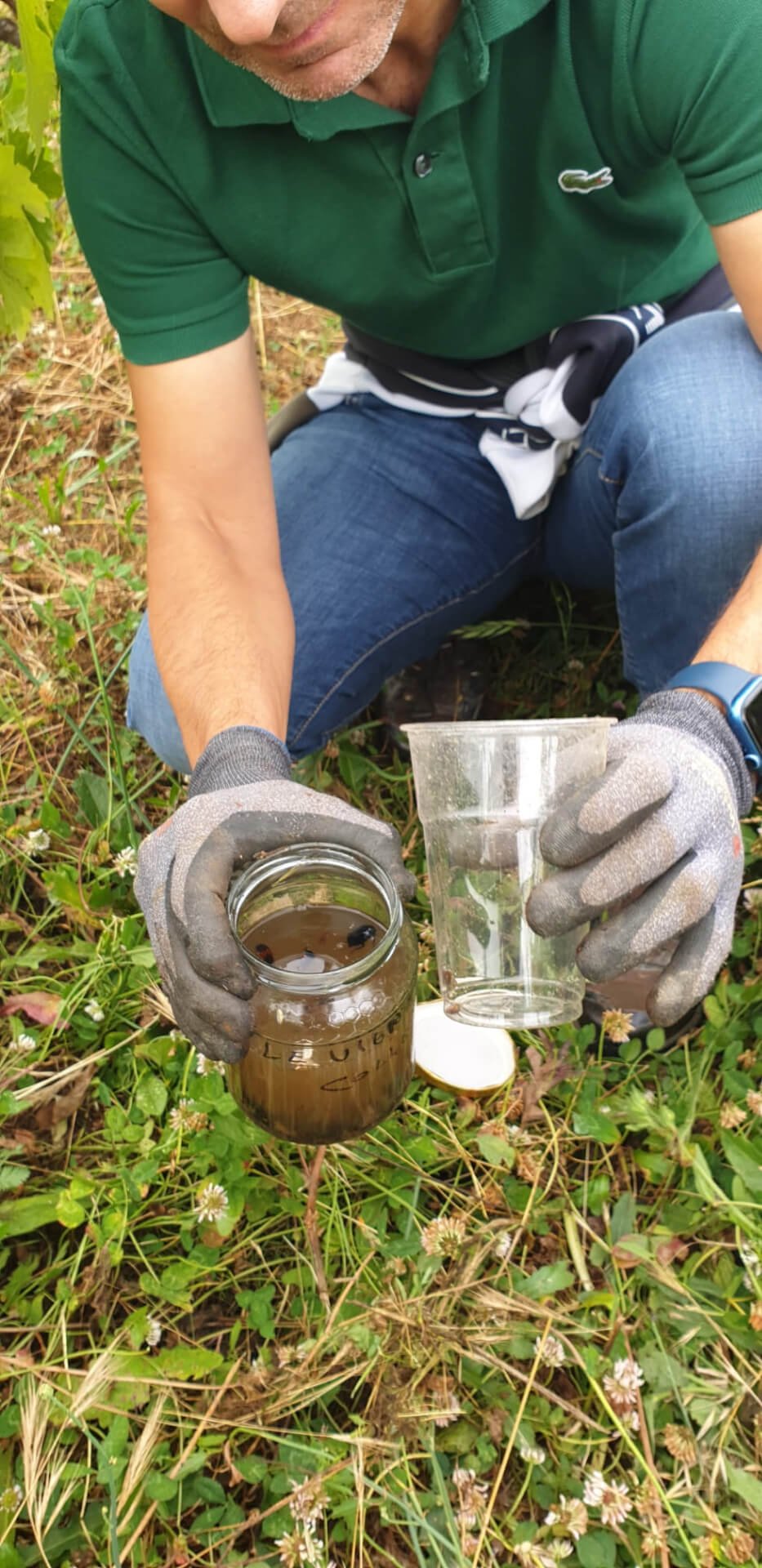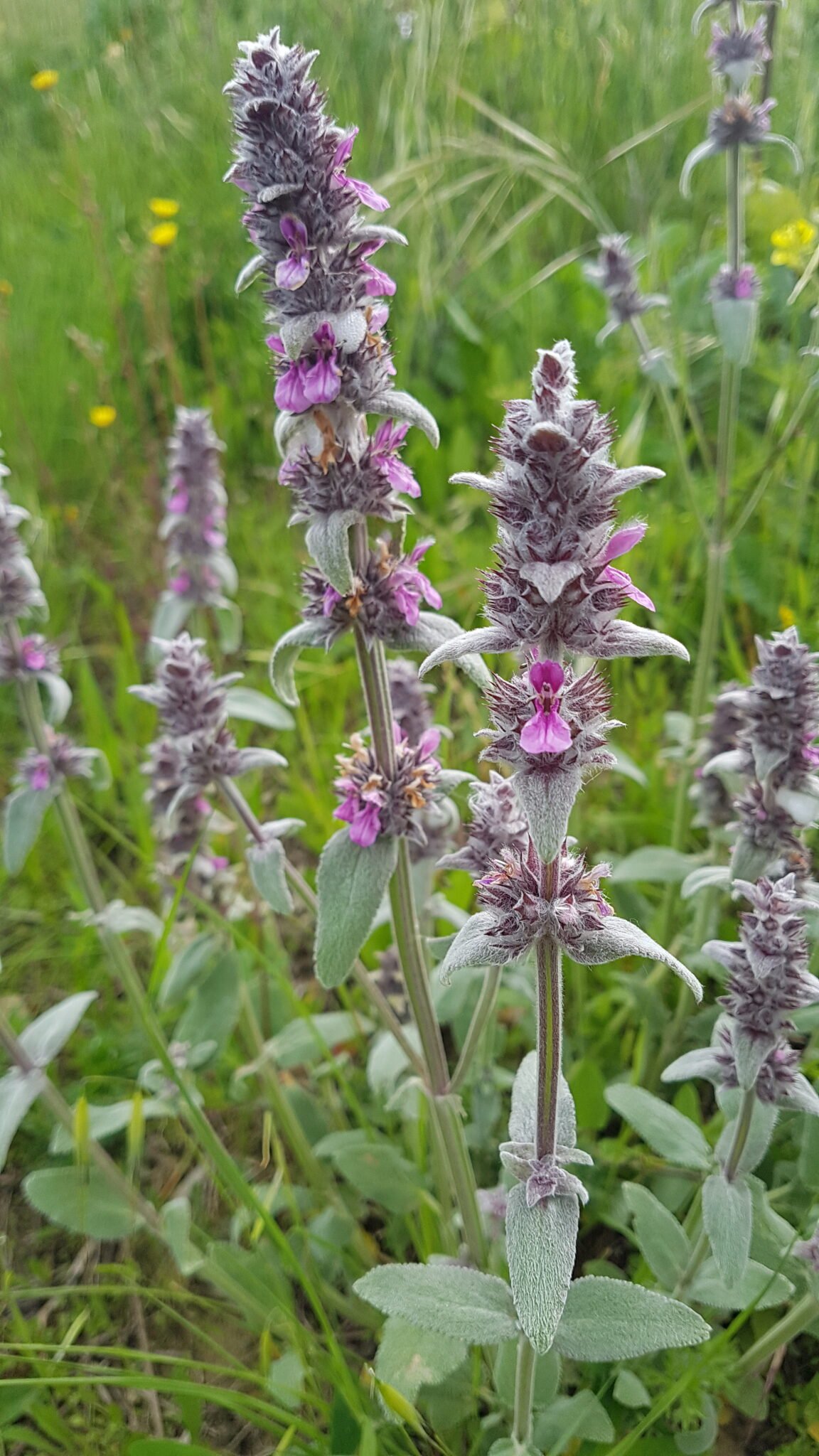“Biodiversity begins in the distant past and points toward the future”
Frans Lanting
Biodiversity project
Vitenova has always been committed to a holistic concept of agriculture. Human activity is part of a broader, integrated context with the land and the environment. This is why we have for many years believed that our approach is not agricultural, but agro-ecological, with a strong focus on nature and biodiversity.
The aim of this approach is to preserve or improve the balance between humankind – agriculture – nature. The path undertaken with biologists, botanists, entomologists and agronomists allows companies to know the strengths and weaknesses of their agro – ecosystem. The information gathered is used to change, or make better use of, the techniques and products used to obtain agricultural production that is healthy for man and the environment.

Agroecology and Biodiversity: the activities
Our project originates from the desire to transfer knowledge and increase the winegrower’s awareness of tangible agro-ecological aspects that reflect on the health of the environment, the vineyard and the people who work in it. It is a virtuous path of studying and monitoring the vineyard with the aim of preserving and improving agro-ecological balances.
It is useful knowledge about soil, insects, plants, which provide indications of biodiversity. They are aimed at conserving and improving the presence of Nature in the vineyard, a presence that helps us intervene less where balances are present.
The results allow a thorough evaluation of the vitality and potential of the agroecosystem to improve agronomic management aimed at naturalness and excellence of production. The laboratories we rely on are certified and it is possible, upon request, to receive original analysis certificates.
Soil analysis
The process of monitoring biodiversity in the vineyards begins in spring: between April and May, soil samples are taken, using standard methods, to obtain chemical-physical and biological data (Microbial Biomass and Metabolic Quotient).
The Microbial Biomass data are then compared with the results of the neural network model, which returns the estimated Microbial Biomass data: the results together define the degree of Biological Fertility. The results provide a measure of the health of the soil and its productive capacity.


To better understand the functioning of the soil and suggest actions to be taken more consciously, we have recently introduced the study of the Soil Food Web: the set of biological interactions between soil microorganisms (fungi, bacteria, protozoa, nematodes, microarthropods) and plants, which is essential for a fertile soil.
Similar to the human gut biome, the soil has its own biome that breaks down organic matter and provides nutrients to plants efficiently, improving their resistance to disease, pests and extreme weather events
A healthy Soil Food Web supports nutrient cycling, carbon sequestration, soil aggregation, water retention and erosion resistance, promoting sustainable agriculture in harmony with nature.


Entomological analysis: insects
Entomological analysis is a key aspect of the project. Our team includes an entomologist, whose expertise allows us to determine the variety and quantity of insects, pollinators and the prey/predator ratio to understand the effects of agronomic management on the state of the agro-ecosystem.
In particular, we go into the following aspects:
- Biodiversity: number of morpho-species
- Number of pollinators: development of pollination diversity
- Biocontrol index: predator-prey ratio (carnivores/herbivores).
Botanical analysis: plants
Collaboration with a botanist makes it possible to offer a description of the floristic biodiversity and its relationship with agronomic activities and the natural environment in which the vineyard is situated.
The botanist’s field trip enables the recognition of all wild plants in the vineyard. In addition to classification into genus and species, four quantitative and qualitative indices are then developed that define the plant complexity of the vineyard ecosystem. These indicators make it possible to optimise plant management strategies in the agronomic management of the crop.

In particular, we go into the following aspects:
- Biodiversity: number of species.
- Naturalness: presence of species in natural environments (woods, meadows, pastures).
- Floristic pollution: presence of non-native species.
- Historical preservation: assesses the presence of archaeophytes (ancient introduced species linked to cultivation).
The agro-ecological scorecard
The scorecard is created by considering 10 aspects measured by the surveys described above and field monitoring of other indices that can be measured on site (e.g. % grass cover, presence of plastics). It makes it possible to assess the analysed environment through a final scorecard, which is useful for communicating the path taken and for knowing one’s own biodiversity situation.









